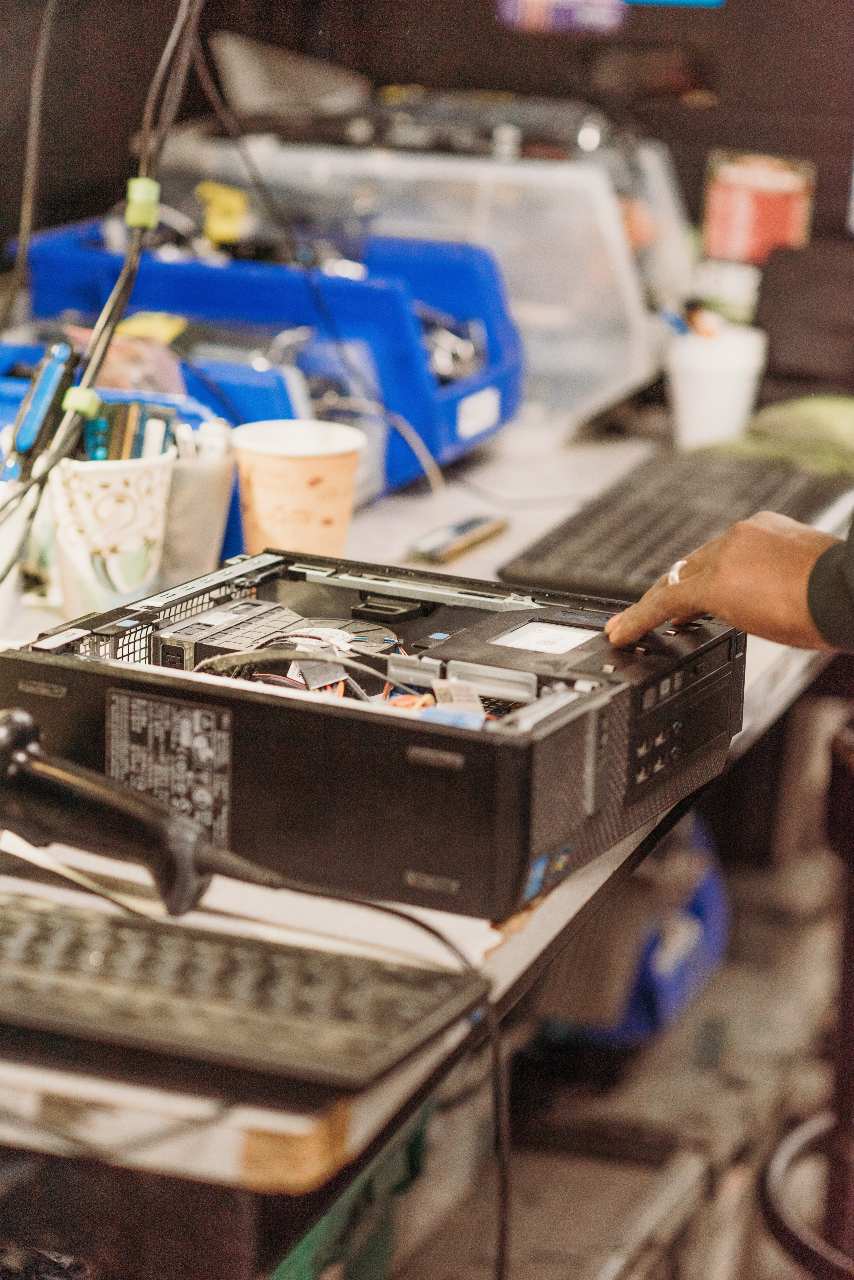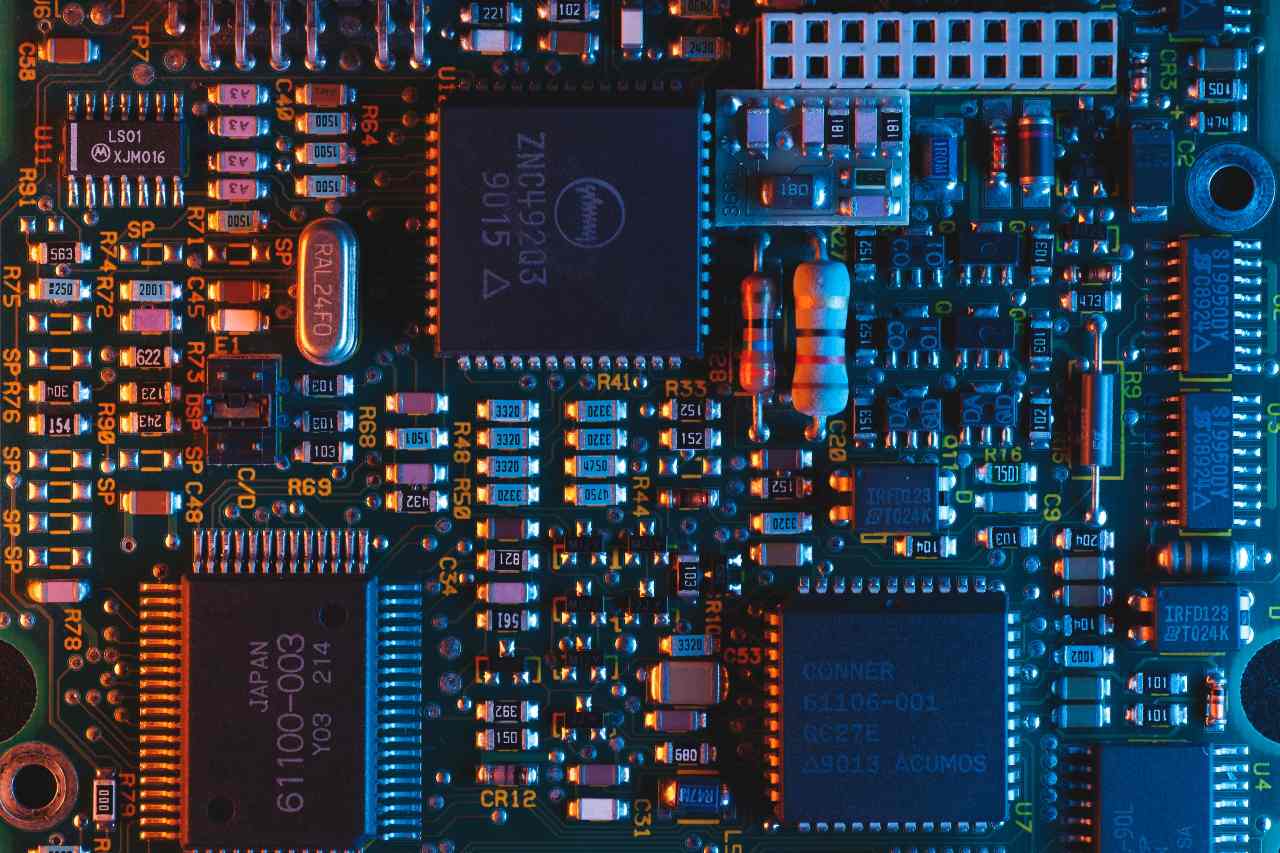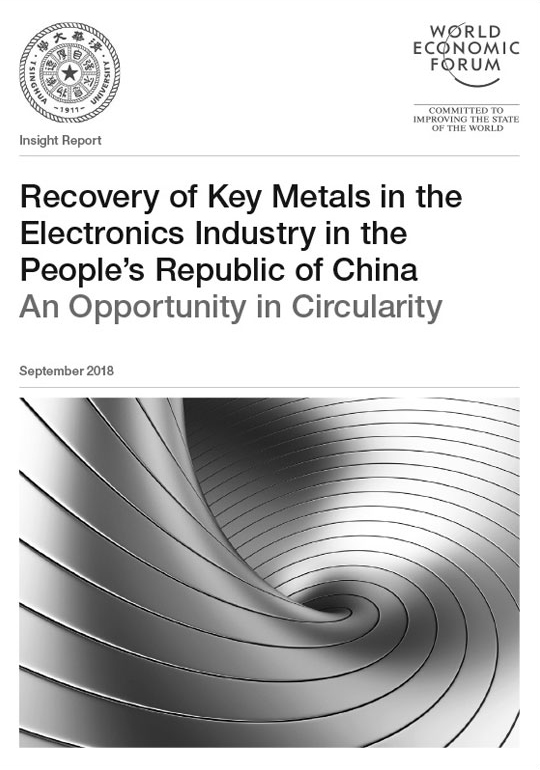Page TItle
Electronics
Subtitle
Programs build collaborative actions guided by the Action Agenda and informed by the PACE Community
Why is a circular economy for electronics important?
Electronics have transformed the way we live and work. Today’s global consumer electronics market is worth an estimated US$1 trillion, and it is projected to continue growing. If current production and consumption modes continue in the same way, our use of natural resources will increase, and greenhouse gas emissions will continue to rise in the value chain.
Electronics have already become the world’s fastest-growing waste stream, amounting to an estimated 57.4 million tonnes in 2021. This ‘waste’ stream contains prematurely discarded products and raw materials valued at nearly $60 billion. Despite this, less than 20% of global e-waste is formally collected and recycled. The rest is sitting in our drawers, attics, or ends up in waste dumps where they are burned, dismantled, or melted without proper equipment or protection, leading to severe environmental pollution and health hazards. Many who rely on e-waste management for their incomes work in the informal economy, in unsafe working conditions with limited opportunities to improve their livelihoods
The industry clearly needs to become more sustainable, resilient, and just. An inclusive circular economy for electronics aims at transformations throughout the value chain, to tackle the root causes of the environmental, economic, and social challenges.
What could circularity for the electronics industry look like?
In a circular economy for electronics
-
New products use more recycled and recyclable content
Making electronic products from recycled materials, and ensuring they are designed to be recycled again at the end of their life. Hazardous substances are also phased out.
-
Products and their components are used for longer
Designing electrical products and their components for longevity, coupled with robust options of reuse (including repair, resale, refurbish, and remanufacture), can keep products in use for longer and help delay waste flows.
-
End-of-use products are collected and recycled to a high standard
Products no longer suitable for use or reuse are collected, sorted, and recycled using responsible practices and standards supporting climate action, decent work and a just transition. There are no illegal shipments of e-waste.
Where is action most needed for a transition to a circular economy for electronics?
Companies, governments, civil society organizations all have a role to play in creating a circular economy for the electronics industry. These ten calls-to-action can help us accelerate the transition, and make it as impactful as possible.
1. Incentivize and Support Product Design for Circularity
About 80% of the total environmental impact of a product is determined in the design phase. Providing incentives and technical support to designing electronics for longevity (making them durable, easy-to-upgrade, or easy-to-repair), recyclability (easy-to-disassemble, with safe inputs), and with recycled content is key to achieving a circular economy.
2. Enable Producers to Increase Sourcing of Recycled Content
Increasing the amount of recycled content in electronics manufacturing is essential for slowing down demand for new materials in this growing industry.
3. Transform Consumption Modes to Increase Market Demand for Circular Products and Services
The industry will only scale-up the design and development of products integrating circular principles when there is clear demand from both individual consumers and large-scale buyers.
4. Guide and Support New Business Models for Environmental, Financial, and Social Triple-Win
New business models such as subscription, rental, and re-commerce need to be designed with environmental, social, and financial impacts in mind, so they can grow and contribute in a meaningful way to the wellbeing of people and planet.
5. Encourage Bring-Back by Consumers
Consumers often lack awareness about the environmental, health, and safety impacts of e-waste. Even if awareness is there, it does not always lead to action due to, for example, limited knowledge about local options for bring-back, or a lack of incentives.
6. Set Up Effective Collection Systems
E-waste can contain hazardous substances such as lead and mercury. Informally collected e-waste often ends up with substandard treatment, which causes severe social, health, and environmental damage. We must set up better collection systems that are connected to high-standard recycling.
7. Enable Efficiency and Transparency in Compliant and Responsible Transboundary Movement
Transboundary movements of scrap materials, used electronics, and e-waste are vital for large-scale reuse, remanufacturing, refurbishment, and electronic recycling. We need to develop more efficient trade solutions for environmentally sound management, in compliance with the Basel Convention.
8. Strategically Plan and Install Sorting, Pre-Processing, and Recycling Operations
Sorting, pre-processing, and electronic recycling facilities are large, multifaceted projects requiring long-term investment. They must be planned carefully with holistic considerations including location, capacity, and speciality.
9. Increase Incentives for Investment in Recycling Technologies and Facilities
A variety of factors is limiting the economic viability of e-waste recycling, and subsequently incentives for investment are few and far between. Economic incentives must be strengthened to scale-up electronic recycling operations and increase investment in technology.
10. Integrate and Advance Decent Work in the Transition to a Circular Economy for Electronics
The transition to a circular economy offers an opportunity to create new jobs in areas such as repair and refurbish, as well as creating more formal employment for those who currently work in collection and recycling.
PACE Program Manager and contact
What actions are already being taken by PACE Leaders?
Resources for Creating a Circular Economy for Electronics

A Vision for a Sustainable Battery Value Chain in 2030 - September 2019
Unlocking the Full Potential to Power Sustainable Development and Climate Change Mitigation Download
A New Circular Vision for Electronics - January 2019
Time for a Global Reboot Download























